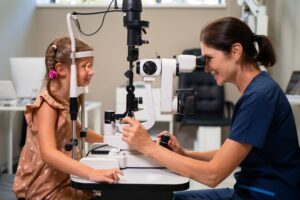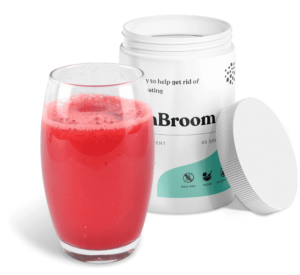The time after a noninvasive nose job may be quite exciting for many patients. Some could have waited till they were 18 before having the operation done. Others might be curious and have it done anyhow, while yet others might be patiently waiting for the right time.
Injectable dermal fillers are used to alter the nose’s profile during the treatment temporarily. Preparation is essential for minimizing potential complications before and after dermal filler injection, including bleeding and bruising. Some things to watch out for and think about before setting up the Liquid Rhinoplasty treatment appointment are discussed below.
Table of Contents
A rhinoplasty is a surgical procedure; therefore, what is the non-surgical equivalent?
During a non-surgical Liquid Rhinoplasty, also known as a liquid rhinoplasty or non-surgical nose job, the bridge of the nose is temporarily altered by injecting hyaluronic acid (HA) dermal fillers.
It’s ideal for those who want a quick fix for their nose’s shape since it’s less invasive and has a shorter recovery and fewer side effects. Minor injection-site reactions, including bruising, swelling, and redness, often subside within 4-7 days.
Its fleeting nature also means maintenance of the effect will need more frequent application. In as little as 15 minutes, this state-of-the-art noninvasive procedure might completely transform the appearance of the nose.
How do you know whether it’s going to work out for you?
Everyone has a somewhat different nose size and shape, and these features, along with the rest of the face, evolve during life. The nose, being the face’s most prominent feature, is a key factor that may alter the way a person looks from the front and the side.
This technique has the potential to correct nose asymmetry, and profile balance problems, including bumps and drooping nose tips, making the nose seem more proportionate and in harmony with the other features of the face.
A non-surgical nose job is ideal for making minor tweaks to the nose rather than making large and permanent changes. Noise reduction is also difficult, although strategically placed injections in the right spots might provide the illusion of a smaller nose.
These apparently little modifications may have a significant impact on the overall appearance of the nose, but in some cases, they are ineffective, and surgery may be the best option. The consultation’s objective is to learn the patient’s desired outcomes and evaluate their feasibility.
The non-surgical nose treatment may not be suitable for a nose with a wide, bulbous tip. A bulbous tip, which occurs when the nasal tip is rounded, may make the nose seem larger than it is or as if it lacks definition.
Fillers applied to the skin are ineffective in reducing the size of the enlarged region. Neither a deviated septum nor asymmetrical nostril size can be corrected with a nose job since the fillers are often injected into the bridge of the nose. Improved but still asymmetrical corrections to deviations are possible.
Another limitation is that a broken nose or surgical failures cannot be corrected using this method. When the tip of the nose is very droopy or dives downward, surgery is often the best option.
Before making an appointment for the operation, you should discuss any allergies you may have with the attending physician. Hyaluronic acid (HA), a molecule that is already present in human bodies, is the component that is used to make dermal fillers.
On the other hand, much like collagen and elastin, the quantities of HA that are naturally created by our bodies steadily decrease as we get older. Due to the fact that it is created naturally inside the body, it is just as safe as an injection; nonetheless, it is essential to visit a skilled specialist.
In addition, the treatment should be avoided if the patient’s skin is sensitive, bloated, ill, irritated, or infected, as is the case when acne is actively present on the face.
It is also not suggested to have a non-surgical Liquid Rhinoplasty while pregnant or nursing; instead, it is recommended to wait until after the child has been born to have the procedure done. Because dermal fillers have not been the subject of any research, pregnant women should avoid using them.
Before starting therapy, it’s important to know what to avoid.
Make sure your skin is in its best possible condition before you go to your appointment. If you want to ensure that you have a nice experience, cut down on the number of cosmetics you wear, get a full night’s sleep the night before, and maintain reasonable expectations.
Dermal fillers are not intended to cause a significant transformation in a person’s look; rather, their only purpose is to highlight already present qualities. At some point during the meeting, you and your practitioner have to discuss your objectives and determine whether or not they are achievable.








